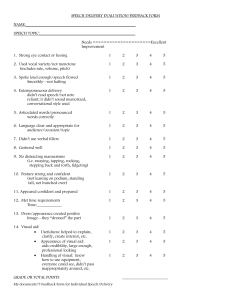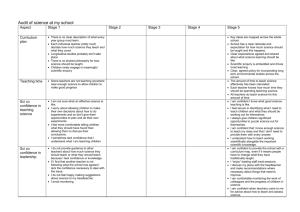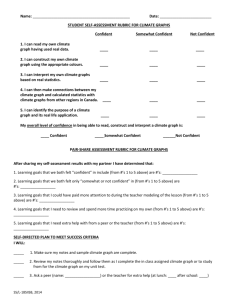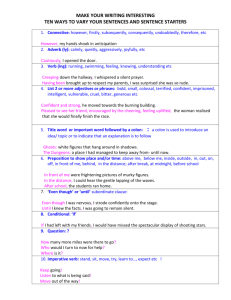Section 2.4 Solving Linear Equations in One Variable Using the
advertisement
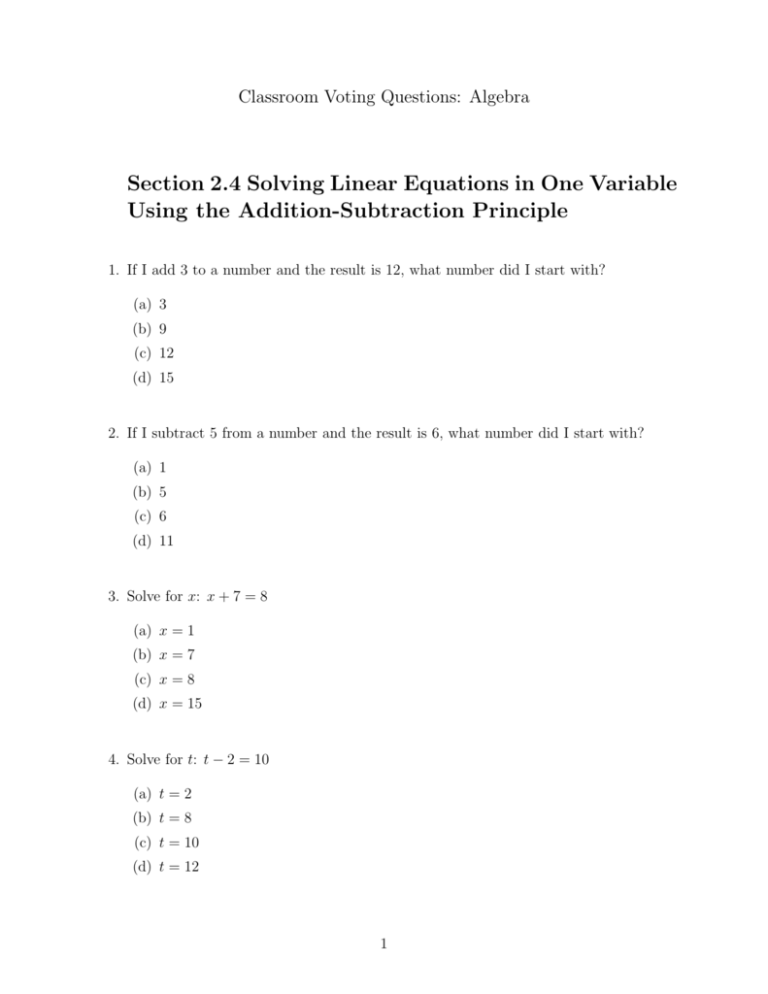
Classroom Voting Questions: Algebra
Section 2.4 Solving Linear Equations in One Variable
Using the Addition-Subtraction Principle
1. If I add 3 to a number and the result is 12, what number did I start with?
(a) 3
(b) 9
(c) 12
(d) 15
2. If I subtract 5 from a number and the result is 6, what number did I start with?
(a) 1
(b) 5
(c) 6
(d) 11
3. Solve for x: x + 7 = 8
(a) x = 1
(b) x = 7
(c) x = 8
(d) x = 15
4. Solve for t: t − 2 = 10
(a) t = 2
(b) t = 8
(c) t = 10
(d) t = 12
1
5. True or False: The solutions to x+3 = 7 are the same as the solutions to x+3−3 = 7−3.
(a) True, and I am very confident
(b) True, but I am not very confident
(c) False, but I am not very confident
(d) False, and I am very confident
6. True or False: The solutions to y − 8 = 20 are the same as the solutions to y − 8 + 8 =
20 − 8.
(a) True, and I am very confident
(b) True, but I am not very confident
(c) False, but I am not very confident
(d) False, and I am very confident
7. What is the solution set: 2(x − 3) = 5x − 3(x + 2)?
(a) {0}
(b) {6}
(c) {12}
(d) {all real numbers}
(e) no solution
8. True or False: 5(3x − 2) = 5 and 3(5x − 2) = 9 are equivalent equations.
(a) True, and I am very confident
(b) True, but I am not very confident
(c) False, but I am not very confident
(d) False, and I am very confident
9. Nadia gives Amy $3. If Amy now has $17, how much money did Amy start with? Set
up and solve an equation.
(a) $3
(b) $14
(c) $17
(d) $20
2


